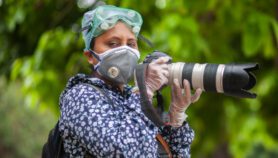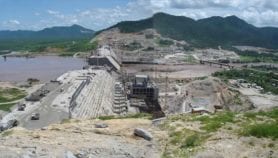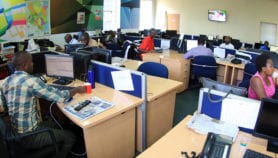By: Jia Hepeng
Send to a friend
The details you provide on this page will not be used to send unsolicited email, and will not be sold to a 3rd party. See privacy policy.
[MALMO] Science journalism in developing countries needs to be more locally relevant and use local culture if it is to have an impact, delegates at a science communication conference were told.
Speaking at a conference on the Public Communication of Science and Technology (PCST) in Malmo, Sweden, this week (25 June), Luisa Massarani, SciDev.Net’s Latin America coordinator, presented a study tracing science and technology reporting in 12 major Latin American newspapers during 2006.
The study revealed that in seven of the 12 newspapers more than 40 per cent of science news came from the developed world.
Marina Joubert from Southern Science, a South African science communication consultancy, told of a similar situation in science reporting in South Africa. She cited a study conducted in March 2008 by the Cape Times newspaper, which showed that 51 per cent of the science news in the paper was about research from other countries, primarily those in the developed world.
"The larger amount of international science news makes readers think science is irrelevant to their life, especially among those in extreme rural poverty," Joubert said.
Massarani also found that articles were reluctant to criticise information sources, particularly those from the developed world. A high percentage of stories also reprinted from news agencies, without any attempt to add local context or double check the accuracy of the information.
Joubert says that it is difficult for the developing world to establish enough science news sources to feed local media — but there are still ways to make science journalism in these countries more locally applicable. Comments from local scientists or members of the public for example about the local applications of research will shorten the distance between science and local readers, she told SciDev.Net.
And links to local culture — for example traditional medicine — should also be used to make science news more relevant.
"Some [traditional medicine] might be wrong, but telling the readers how science comes to this conclusion, or how scientists are researching traditional medicine, could be an effective way to spread scientific knowledge among people familiar with this form of indigenous knowledge," says Joubert.
Toss Gascoigne, director of the Australia-based Council for the Humanities, Arts and Social Sciences, says the studies reveal an important aspect of the challenges faced by science journalism in the South.
To counter this, "there should be science journalism training workshops in the South designed to translate Northern knowledge into local demands, or adding such contents into the existing training programmes," Gascoigne told SciDev.Net.
Marina Joubert is SciDev.Net’s science communication consultant.













